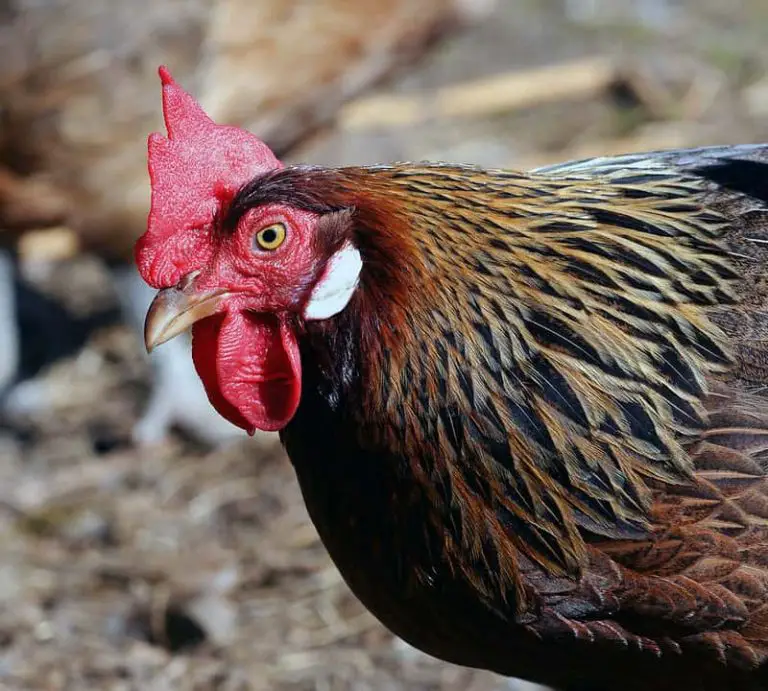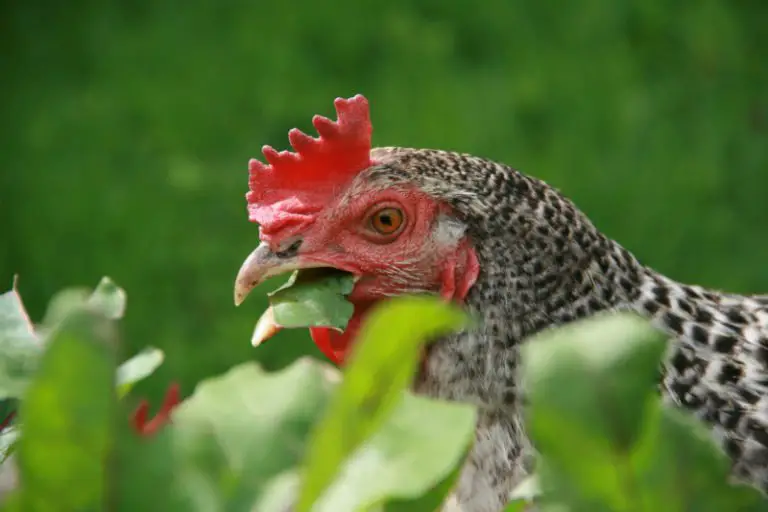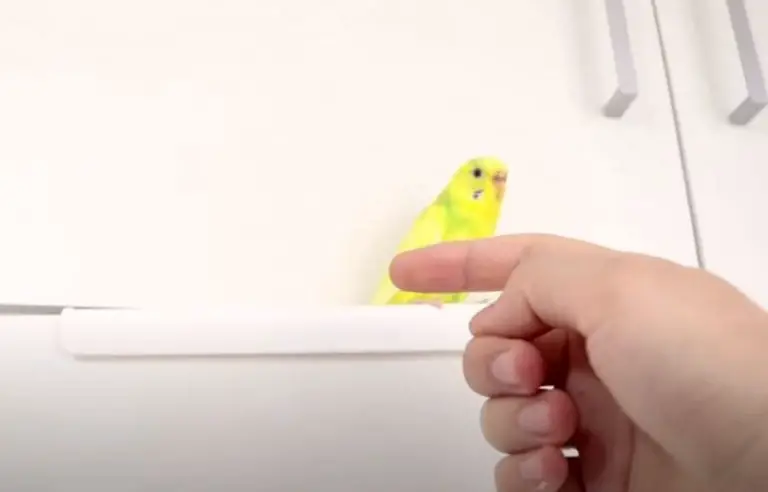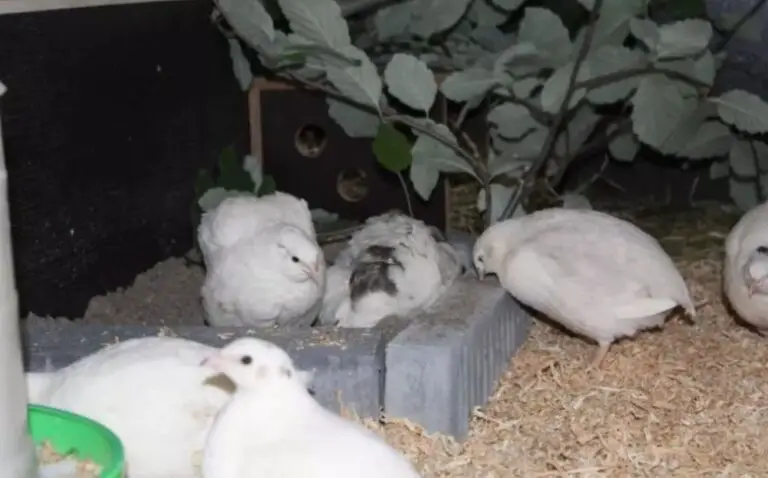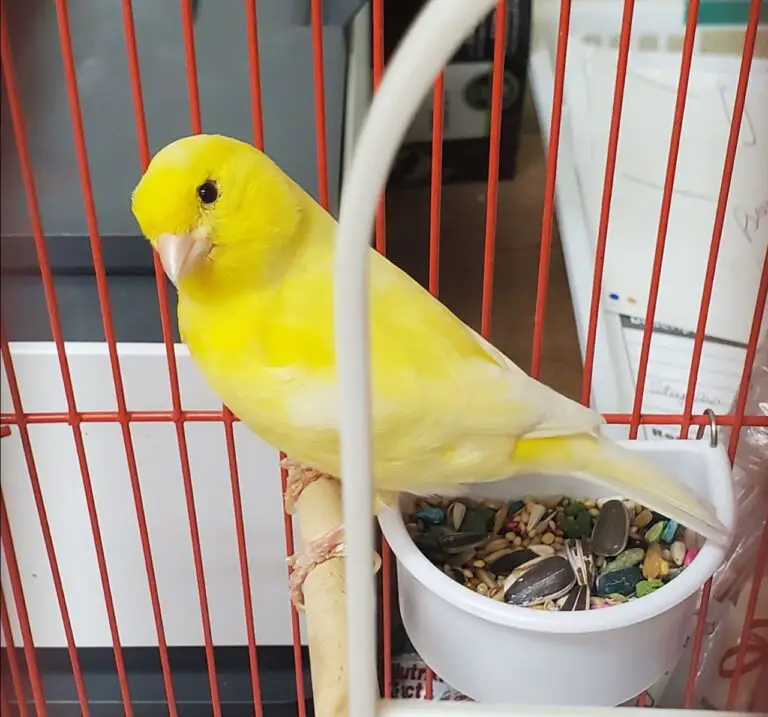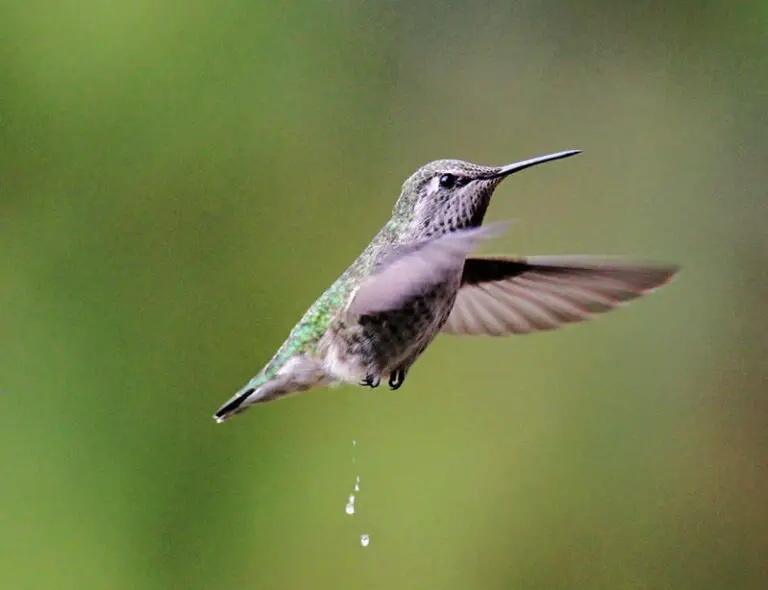Can Chickens Eat Uncooked Oatmeal? (Benefits and Cautions)
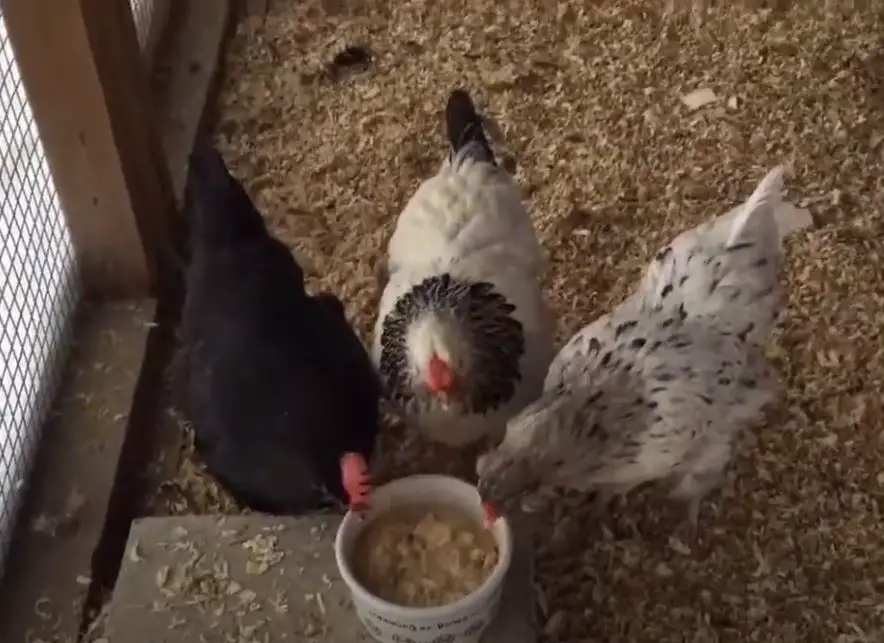
It is known that cereals should be the main feed for domestic chickens, and it is true that many farm and poultry owners use raw oats as chicken feed. Oats are a popular cereal worldwide, associated as a source of nutrients with lots of positive nutritional benefits.
Chickens can safely eat raw oats, in fact, oats are highly recommended due to the large number of vitamins and minerals they contain that chickens can use for their development, however, there are people who prefer to soak oats to make them more digestible for chickens.
Oats belong to the family of complex carbohydrates, necessary in the daily diet of poultry as a source of energy.
It is one of the richest cereals in proteins and can also provide chickens with B vitamins, such as thiamine, and also A and E.
It includes nutrients such as iron, calcium, phosphorus and magnesium and adds to our diet an important amount of fiber.
What is the problem with raw oats for chickens?
First of all, we must have the concept that raw oats are already a previously cooked food, because of the heating process to which all the oat grains are processed to make them digestible, the oats are technically already cooked.
The eventual problem with raw oats as food is that it contains phytic acid in its composition, this acid binds to some minerals present in oats such as zinc, iron and calcium, causing difficulties in the absorption of these and therefore resulting in digestive complications.
Although these digestive complications are not a major problem for chickens, many people choose to feed raw oats soaked in water to improve their digestibility.
Starch in oats: potential benefits and contraindications
Starch is a complex carbohydrate found in cereals such as oats and in some vegetables and tubers. Excess starch can be harmful to carnivorous animals as they are not well adapted to digest carbohydrates.
On the other hand, omnivorous animals such as chickens have the enzyme amylase in their saliva to digest carbohydrates without any inconvenience.
Carbohydrates are a readily available source of energy, and from a positive point of view, having a source of quick energy in the form of feed keeps chickens warmer in very cold weather, such as in winters.
On the negative side, high starch intake promotes weight gain. The supply of excessive amounts of glucose to the cells contributes to the production of fatty acids that are stored in adipose tissue.
Thus, a diet with too much starch for long periods of time is a predisposing factor for obesity.
Do you have to cook the oats to feed them to the chickens?
You don’t necessarily have to cook the oats to feed them to the chickens, as we mentioned at the beginning of the topic, chickens can eat raw oats without major problems.
Obviously cooked oats are much easier to digest, the reason why people cook oats is because oats are a high-fiber food, it can produce gas, bloating or even constipation but that is in the case of some people sensitive to these problems.
In chickens the digestive process is different and these problems are not common, there is also the fact that the chicken can take better advantage of the nutrients of oats if it is uncooked.
Raw oats keep all their nutrients intact, especially fiber and proteins, which are reduced when cooked. Also, if you want to make the most of its vitamins and minerals, it is best to feed it raw and soaked to the chickens.
Phytic acid in raw oats and its inhibitory effect on minerals
As previously mentioned, among the potential drawbacks of feeding raw oats to chickens is the phytic acid content in the natural composition of raw oats. One of the most talked-about anti-nutrients in whole grains (and therefore in oats) is phytic acid.
To put it in very simple words, it is a substance that all seeds have in the shell and that retains phosphorus until the germination process.
Therefore, when you feed a hen with ungerminated seeds, they are ingesting a large amount of phytic acid that has not yet been degraded.
The problem is that phytic acid “binds” to iron, zinc and calcium and prevents chickens from absorbing them. Hence it is called an “anti-nutrient”.
What degrades that acid is an enzyme called phytase which is usually present in seeds with phytic acid in different amounts. It is usually activated during germination, and that is why most cereals containing phytates are soaked to activate the phytase and eliminate them.
But in the case of oats, things change. Firstly, because oats naturally have little phytase, and secondly, because the little phytase they do have is eliminated if the oats are cooked.
Simply soaking oats will not remove the phytic acid present in the oats, besides the natural phytase contained in raw oats is very minimal because raw oats are already a food previously treated at high temperatures.
Tip for removing phytase from raw oats and creating a super chicken feed
If we understand that the phytase in oats is something that will never be activated, how is it possible to get rid of phytates or at least reduce them as much as possible?
The solution to this is to add to soak another cereal that has enough phytase together with the oats, which at the same time activates and reduces almost totally the phytates present in the oats.
This mixture can make a super feed for chickens, the cereal to choose for example can be buckwheat, it is one of the gluten-free pseudocereals that contain more phytase in its composition.
In addition to the help of buckwheat, it is advisable to create an environment that favors and facilitates the activation of phytase. That is why it is important that the soaking is done with warm water.
Ideally at a lukewarm room temperature, and that some type of acid is added to reduce the pH of the water to create a favorable environment. This acid can be lemon juice, apple cider vinegar, buttermilk, or a few spoonfuls of yogurt.
You have to leave everything together for about 16-24 hours, and then strain it, rinse it well, and finish cooking for the necessary time. Between the soaking and the action of the heat, many of the phytates will have been destroyed creating a cereal-based superfood for the chickens.

